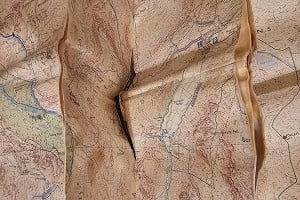
From prehistoric monuments to industrial heritage, humans have left their mark on the mountains for thousands of years. Fiona Russell, aka Fiona Outdoors, follows the clues.
When walking through the British uplands, it's often tempting to see the surroundings as untamed. Yet our landscapes have been shaped by millennia of human history (and indeed prehistory). Signs of the past are all around us, if only you know were to look. From odd bumps in a field to prominent rocks or cairns, here are ten clues to the human past of the hills.
1 Prehistoric reaves and other walls
We are all familiar with dry stone walls in the hills (or dry stane dykes in Scotland). These were built where stone was in plentiful supply and without use of wet mortars.
But take a closer look and see if you can work out the age of a wall by looking at the land, the shape of the wall and the stone surface. Perhaps you are looking at what is known as a "reave".
TV broadcaster and anthropologist Mary-Ann Ochota explains:
"If the stone remains of a wall are barely visible though a covering of vegetation or peat you may well be looking at a prehistoric reave" she says.
"If it's a low wall it may be medieval and if the walls are straight, or regular size and have square corners they are likely to be walls of the 1700 or 1800s."
2 Shielings, long houses and runrigs
It's not always obvious but if you take a fresh look at some areas of land in the hills you might spot the remains of long-abandoned farmsteads, from ruined Welsh cottages vacated as a result of rural depopulation in the 19th and 20th Centuries, to evidence of the communal farming that existed in Scotland until the Highland Clearances in the 1700 and 1800s.
Mary-Ann Ochota, who has written a fascinating book, Hidden Histories: A Spotter's Guide to the British Landscape, explains:
"The shielings, long houses and runrig cultivation of the old style of communal farming can be spotted in different ways, such as a single crumbling wall, low banks of grass indicating the footprint of a building and old ridges where land was previously cultivated."
Rough dwellings usually built of stone, shielings were used for centuries as seasonal huts for shepherds grazing their flocks on high pastures in summer. Once found throughout upland Scotland and northern England, the last known active shieling, on the Isle of Lewis, was in use until 1946. Their remains are still visible today across northern uplands.
3 Symbol stones
There are more than 300 surviving symbol stones in Britain. Carved by the Picts, an Iron Age society of northern Britain, they usually depict abstract, animal and paired symbols. Examples include four Aberlemno symbol stones on the village road and in the churchyard at Forfar in Angus; Congash Pictish Symbol Stone, near Grantown-on-Spey; and The "Craw Stane", depicting a salmon and an unknown animal, in Aberdeenshire.
4 Ancient yews
There are hundreds of yew trees found across Britain and many are associated with religious sites. In fact, many yews found in graveyards are older than the church itself.
It's thought that yew trees were planted on the graves of plague victims to protect and purify the dead. Yew trees were used as symbols of immortality, too, but also seen as omens of doom.
For a yew to be classed as officially "ancient" it needs to be at least 800 years old - a venerable age for any organism. Incredibly, there are yews in Britain that are thought to be up to 5000 years old. The yew in Fortingall village churchyard in Perthshire is often claimed as the oldest in Europe. Another record-breaker is a 60ft wide yew tree found in St Cynog's churchyard at Defynnog near Sennybridge, Powys, which is also claimed as one of the oldest at some 5000 years old.
Find out more about how to spot and identify a yew tree at Woodland Trust.
5 Burial mounds and ancient cairns
Look out for unusual-looking mounds in the ground, often covered in grass; it could be an ancient burial mound or tumulus, also known collectively as a "cairns cemetery". These can be spotted all over the UK, having been built across a huge swathe of our prehistory from the late Neolithic period (roughly 2900BC) until the end of the Bronze Age (c.800BC). Good examples include: a linear cairn cemetery in Kilmartin Glen, Argyll, which runs for more than a mile along the valley from north-east to south-west: a superb linear barrow and cairn cemetery on Cosgate Hill on Exmoor; the Neolithic long barrow of Wayland's Smithy in the Chiltern hills; and Orkney's Maes Howe, a Neolithic chambered cairn and passage grave.
Though their origins tend to be obscure, and most are presumably more recent, cairns marking higher British summits can date back millennia. Some even contain burials.
6 Coffin roads
Still on a sepulchral theme, many old tracks across wilder countryside of Britain, now frequented by today's walkers, were created as routes for carrying the dead in coffins to their burial grounds. They are called coffin or corpse roads.
Over the centuries the same routes became the regular way for the funeral procession. If you walk a coffin road you will often be surprised by how remote they are and the difficulties that might above faced the coffin bearers as they made the long hike, especially in severe weather. A famous Lake District example is the corpse road linking Wasdale with Eskdale, over the western foot of Scafell via lonely Burnmoor Tarn. This dates from the days when Wasdale did not have a church of its own, and bodies had to be carried for burial in Eskdale.
Along the course of many old coffin roads, there are still examples of 'coffin stones', rocks used for resting the coffin while the carriers took a break.
7 Hill forts
If you see a hill fort in Britain it is likely to date from the Iron Age, although some still exist from the later Bronze Age and even Neolithic times. While some forts were abandoned and then re-inhabited through different eras, such as in the earlier Middle Ages, by the later Middle Ages most had been left to fall into ruins.
There are believed to be more than 3,000 forts in various states of ruin dotted across the countryside, but most are found in the Scottish borders, Wales and also the south and south-west of England.
Don't be misled by the name "hill" fort because they are not all found on hilltops - although many are. Some hill forts can be hard to identify because the land appears to have grown over them, while others, although crumbled, have obvious shapes and walls.
The largest hill fort in Europe is Maiden Castle in Dorset, England, extending to an area of 47 acres.
8 Mines and quarries
Another landmark ruin of a more modern era reveals the once strong industrial heritage of Britain - the many abandoned mines and quarries found all across England, Scotland and Wales.
Although coal mining was once one of the biggest industries, it's the remnants of lead, copper and zinc mines, and of course the slate quarries, that walkers are most likely to see in the hills.
Lead mining, for instance, has been carried out since Roman times, although the larger excavations date from more recent centuries. Much of the lead mining was focused on the Pennines, where many areas are riddled with old shafts and tunnels.
Elsewhere the upland landscape is pitted with the scars of old slate extraction. Northern Snowdonia, for instance, would not be the same without its trademark spooky slate quarries; and neither, to a lesser extent, would be the fells of the Lake District.
Above ground, derelict mine and quarry workings are still very obvious in many places, since they date from the relatively recent past; but of course there's often far more going on unseen below ground. Abandoned mines and quarries can be well worth exploring, though great care needs to be exercised in doing so. Hidden shafts, unsafe tunnel entrances, unstable spoil heaps and crumbling buildings are just some of the potential hazards, and though it may be tempting to venture underground it's advisable not to without local knowledge of the site and/or qualified supervision.
If you're determined to get far underground, organised exploratory caving-style mine trips are worth considering - see here for instance.
9 Standing stones and dolmens
From the northern isles to the tip of Cornwall, prehistoric standing stones can be seen all over our hills. These range from single standing stones to large circles, or structures known as dolmens. A word that originates from two Breton words meaning "stone table", a dolmen is identified as two or more vertical megaliths supporting a large flat horizontal capstone.
These were used as a single chamber tomb in early Neolithic times (4000–3000 BC) and were usually covered with earth or smaller stones to form a burial mound. In many cases the covering has been eroded by weather and only the stone skeleton remains to be seen today; in other cases you'll only see the mound.
In the UK there are several impressive examples of dolmens, for instance Cornwall's Lanyon Quoit and Trethevy Quoit, known as The Giant's House. Ireland has its share too, including the one at Brown's Hill, claimed to be Europe's largest.
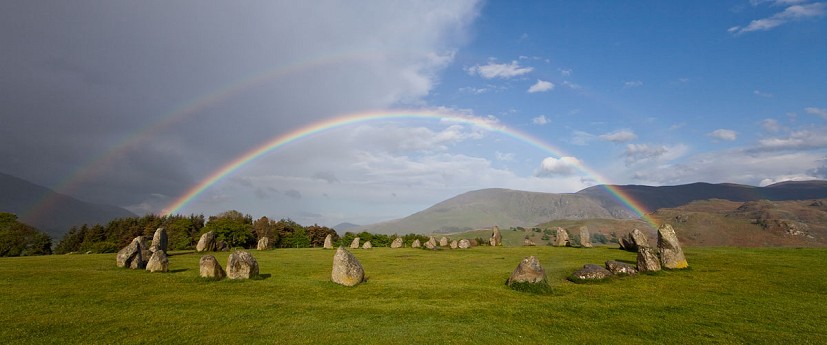
Classic stone circles in the British hills include the spectacular examples of Swinside and Castlerigg in the Lake District, Bryn Cader Faner in North Wales and the evocative circle at Callanish on the Isle of Lewis.
10 Crannogs
A crannog is an ancient fortified dwelling that was constructed in a lake or river, typically in Ireland and Scotland, to form a partially or completely artificial island. Crannogs were lived in by people and animals for more than five millennia, from the European Neolithic Period to as late as the 17th and early 18th centuries.
It's thought there are around 1200 crannogs in Ireland, with most situated in the Drumlin Belt of the Midlands, North and Northwest, and potentially some 600 more in Scotland, mostly on the west side of the country and in Argyll and Dumfries & Galloway.
You can spot crannogs as a small raised area of land or mini island in a waterway, although to the casual glance it can be difficult to differentiate between natural and man-made. Reconstructed crannogs can be visited in Ireland at Craggaunowen, County Clare, and the Irish National Heritage Park in Wexford, and in Scotland at the Scottish Crannog Centre at Loch Tay, Perthshire.
- My Mountains - Colin Prior 13 Apr, 2020
- My Mountains - Ed Byrne 17 Feb, 2020
- My Mountains - Di Gilbert 9 Jan, 2020
- My Mountains - Guidebook Guru Paddy Dillon 9 Dec, 2019
- My Mountains - Anne Butler, Munro Society President 7 Nov, 2019
- SKILLS: Lightweight Walking - Tips for Beginners 14 Oct, 2019
- My Mountains - Nicky Spinks 16 Sep, 2019
- Repeat Offenders - Climbing One Hill Again and Again 26 Aug, 2019
- My Mountains - Kate Worthington 29 Jul, 2019
- Long Distance Special: 15 of Britain's Best Big Trails 18 Jul, 2019




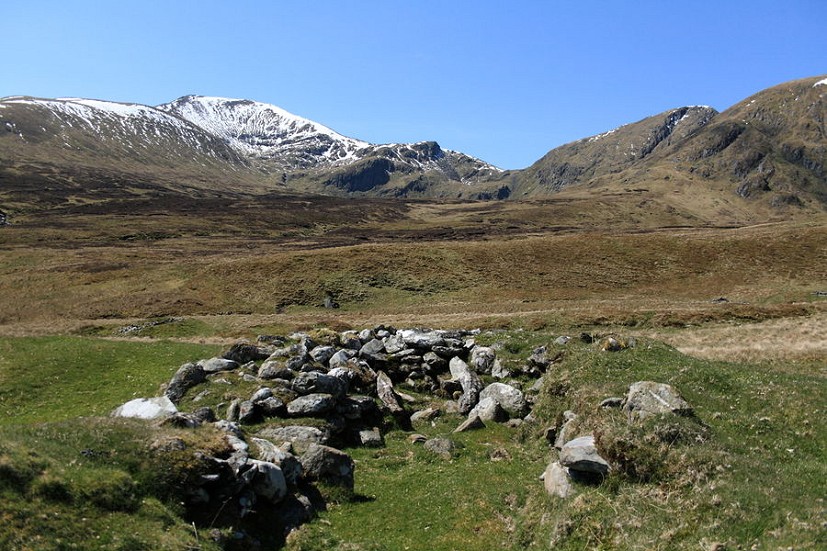
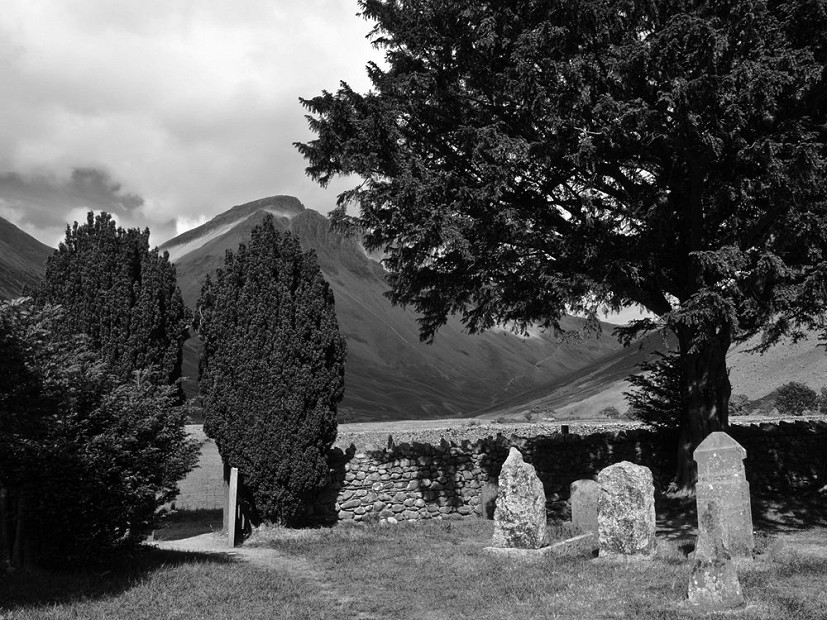
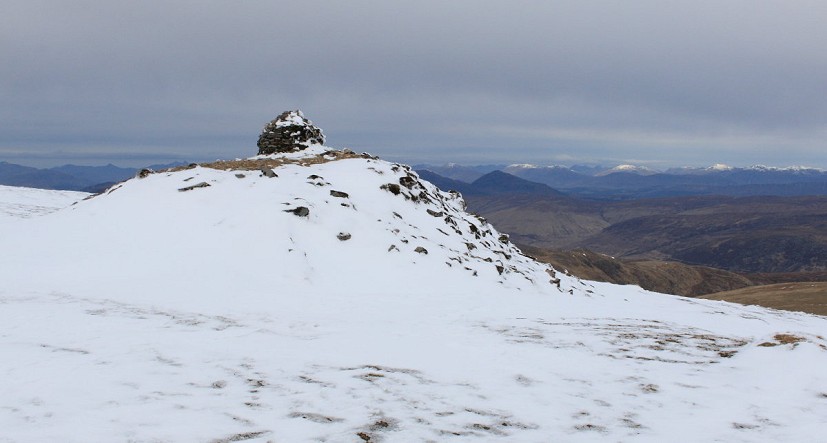
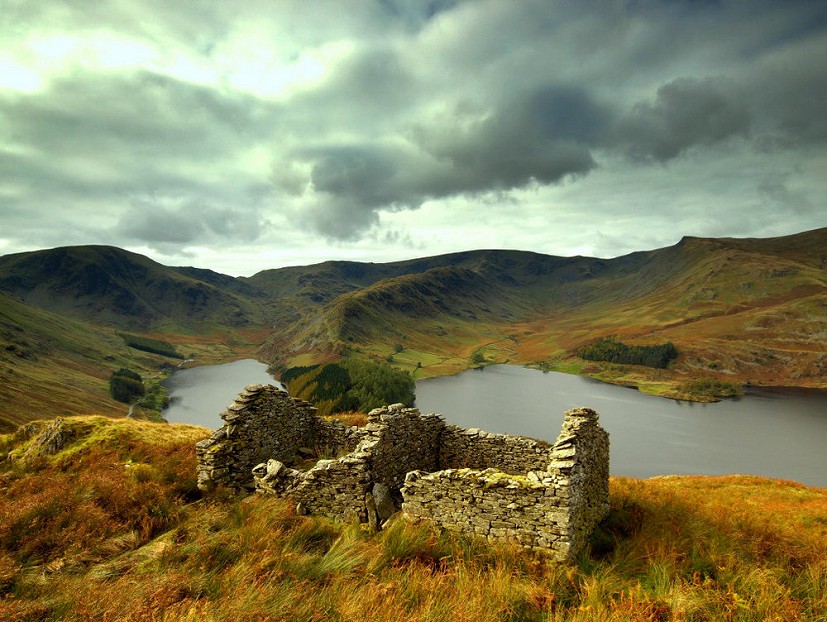
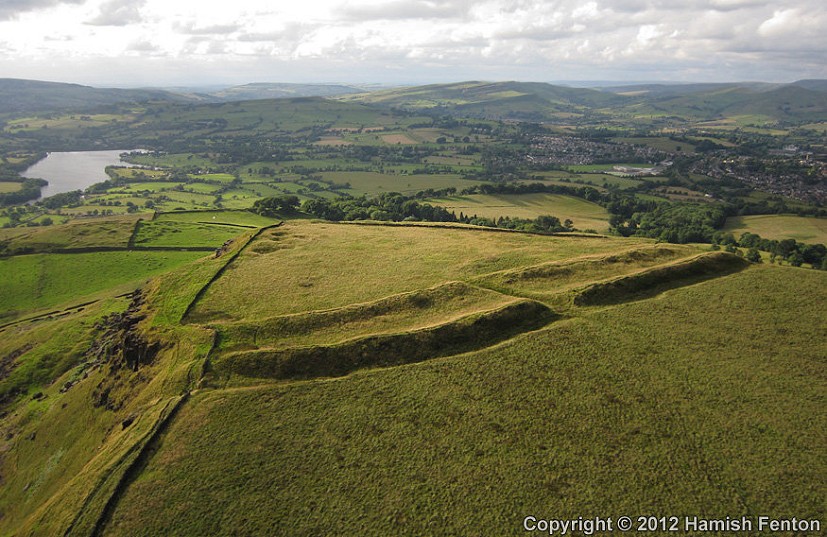
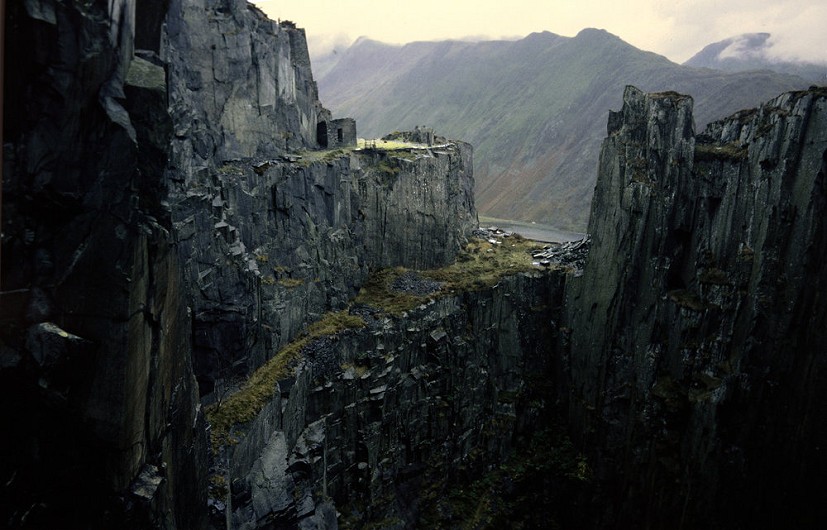
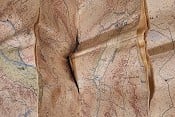





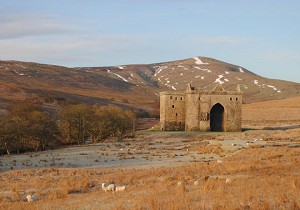
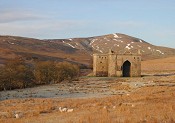
Comments